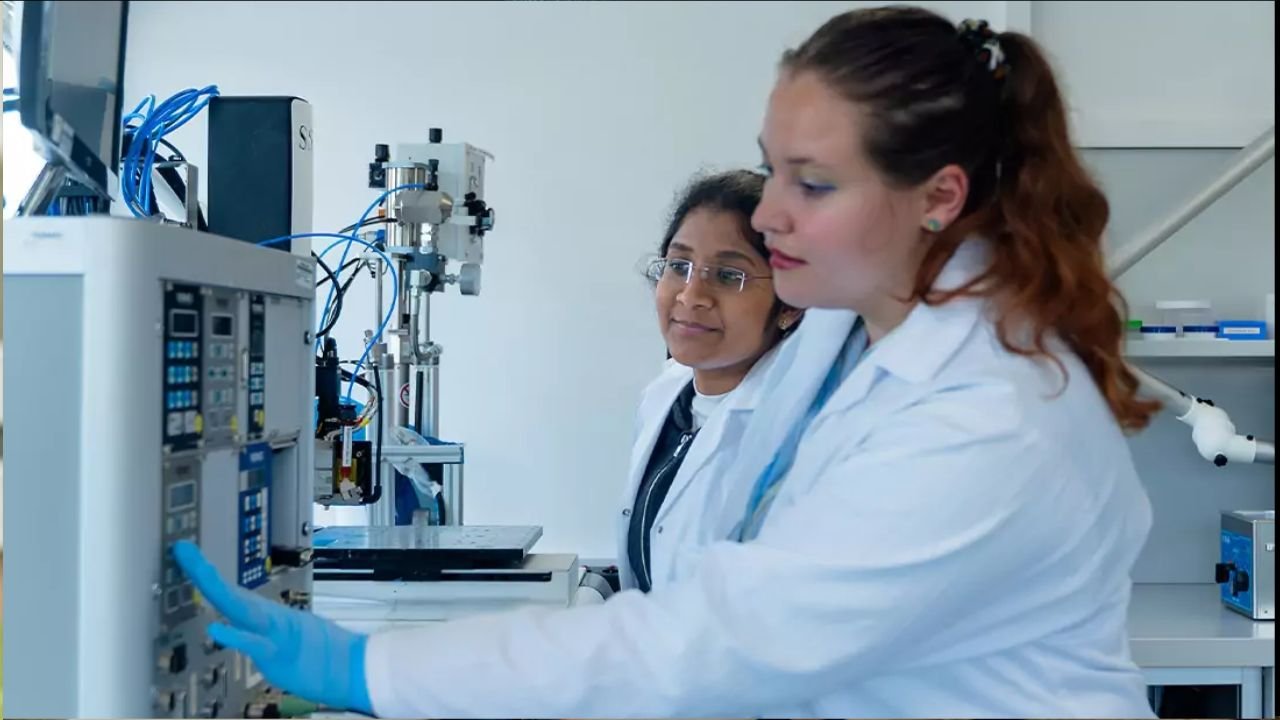Distance learning in the medical field is increasing in popularity, and e-learning is a big driver behind the trend. In fact, according to Market Research Future, the worldwide market for medical education will be $216.75 billion by 2032 and is growing at an 8.37% CAGR. It shows a definitive trend: healthcare workers increasingly want online certifications and training to enhance skills.
For BLS recertification, fast BLS recertification online methods are gaining popularity due to convenience and speed. Traditional methods, however, remain a proven method, especially for those who learn through practice. Familiarizing yourself with the primary differences between the methods can help you decide which is best for you. So, scroll down to learn the key differences between fast BLS recertification online and traditional methods. In the end, you’ll be able to decide which one to choose between the two.
Differences Between Fast BLS Recertification Online and Traditional Methods
BLS recertification is essential for healthcare providers, but choosing between fast online renewal and traditional in-person methods can be challenging. This comparison explores key differences in convenience, cost, flexibility, and effectiveness to help you make the right choice.
1. Flexibility and Convenience
One of the most striking advantages of fast BLS recertification online is its on-demand format. Instead of commuting to a physical location and dedicating an entire day, online learners can log in anytime from any device. Unlike the lecture-based classroom model, online formats often integrate multimedia and real-world simulations that promote retention. And if you miss something? Rewind and review. No need to raise your hand or worry about slowing down the group.
On the flip side, traditional BLS recertification methods are grounded in in-person engagement. You attend a scheduled session, usually several hours long, at a certified training center. This format offers a structured pace and the benefit of direct instruction from experienced trainers.
Hands-on practice is one of the strongest points of the traditional model. There’s something impactful about physically performing chest compressions on a mannequin, feeling the resistance, and getting live feedback from an instructor. This kinesthetic component can be especially valuable for those who learn best by doing.
2. Completion Rate
One of the biggest selling points of fast online BLS recertification is how quickly you can complete the process. Depending on your familiarity with the material, you could finish in under two hours. Some platforms even offer immediate digital certification upon successful completion of the exam.
This time-saving format is ideal for healthcare workers with demanding schedules or individuals who need to renew quickly due to employment requirements. Additionally, most online programs eliminate waiting periods and allow you to retake quizzes or exams as needed without penalty.
In contrast, traditional classroom recertification typically follows a fixed schedule. Attending the entire class is required, even if you are confident in your abilities. These courses may run for several hours or even several days. For seasoned workers seeking a faster choice, this structured style may feel tedious and monotonous, even though it helps individuals who like guided learning.
3. Learning Environment
Mastering life-saving skills requires practice in a comfortable and stress-free setting. Fast BLS Recertification Online allows learners to study at home, the workplace, or even while commuting (though active participation while driving is not recommended). This flexibility helps professionals with tight schedules focus without external pressures.
However, a few students prefer the hands-on nature of more traditional methods. Practice with CPR mannequins in a classroom setting under the direct instruction of experienced teachers is typically offered by traditional training.
4. Course Structure and Presentation of Content
Fast BLS recertification online follows a structured, step-by-step approach. Instead of lengthy lectures, content is divided into short video lessons, interactive quizzes, and real-life case studies. This format keeps learners engaged while reinforcing core BLS skills effectively.
For example, instead of reading about chest compression techniques, learners watch interactive videos demonstrating the correct hand placement and compression depth. These visual aids improve retention and make learning faster and more effective.
Traditional in-person courses, on the other hand, rely on classroom lectures and instructor-led demonstrations. While hands-on practice benefits those who prefer physical learning, it can be time-consuming, especially for professionals who already know BLS fundamentals and just need a refresher.
5. Cost-effectiveness
Choosing fast BLS recertification online is also economical. Providers generally cut down on travel costs, classroom charges, and printed materials. Most of the online sources also provide low group rates for healthcare organizations, so it is an economical option for hospitals and clinics that need to recertify their workforce.
Traditional settings include extra expenses like transportation, parking, and work hours lost due to strict timings. Although the majority of classroom sessions bundle practice material along with them, the overall cost will be higher than the Internet option.
Being one of the low-cost effective methods of recertification for health professionals, taking the Internet route makes sense to it and even to convenience.
6. Certification Process and Validity
Both Fast BLS Recertification Offline and online modalities offer industry-standard certifications. The most accepted by healthcare facilities like clinics, hospitals, and emergency services are accredited online courses.
However, it is better to ensure the online course provider is following the standards of the American Heart Association (AHA) or Red Cross standards. Reputable sites ensure their content meets the revised CPR standards so the employer can be assured the certification will be valid.
Classroom certification will automatically meet these standards but will most assuredly have scheduling modifications that take away from the recertification process.
7. Skill and Evaluation Assessment
There are significant differences in evaluations for on-campus and web-based classes.
Fast BLS Recertification Online assessment is probable to be video vignettes, interactive quizzes, and skill demonstration with students required to show CPR skills by uploading recorded proof. This allows students to rehearse in informal settings.
Face-to-face training, on the other hand, offers instant instructor feedback during live practice sessions. For those who enjoy practicing under observation, the hands-on assessment can be comforting.
Although both methods ensure accurate skill measurement, online courses tend to favor adaptive testing modes that are convenient for working professionals.
8. Optimal Candidates for Each Option
Optimal selection between Fast BLS Recertification Online and conventional methods mainly involves your experience and learning preferences.
Online Recertification is the best option for experienced healthcare providers who need an efficient and comfortable way of recertification that doesn’t hamper their work calendar. Paramedics, EMTs, and nurses already familiar with the BLS are the ones that follow this practice of ease.
Classical Recertification would best be applied for beginners or for those who would rather have organized practical practice. The less self-assured students who know CPR can benefit more from the proper setting.
Conclusion
Both Fast BLS Recertification Online and traditional methods have their advantages. Online training excels in flexibility, efficiency, and cost-effectiveness, which are best for busy healthcare practitioners who want efficient recertification. Traditional methods offer hands-on training for those who prefer classroom learning.
By knowing the differences, you can select the option that suits your schedule, experience, and learning style best. For people who need a convenient, effective, and highly accepted method of recertification, searching for legitimate providers such as CPRCare can enable you to remain certified without sacrificing convenience.



